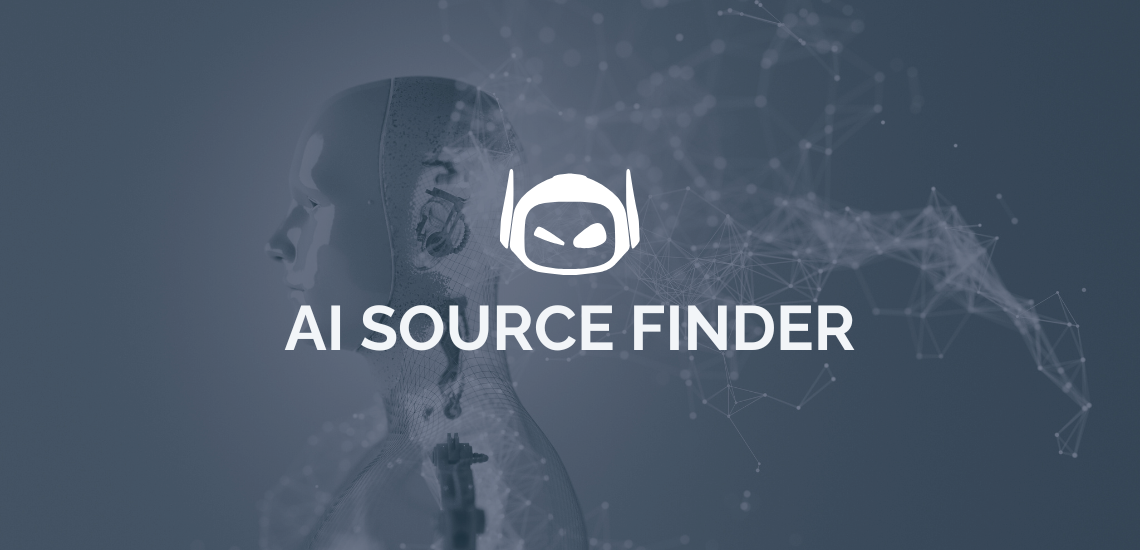
Looking for ways to simplify your research process? You’re in...

There are many reasons to use a text-to-speech tool in...
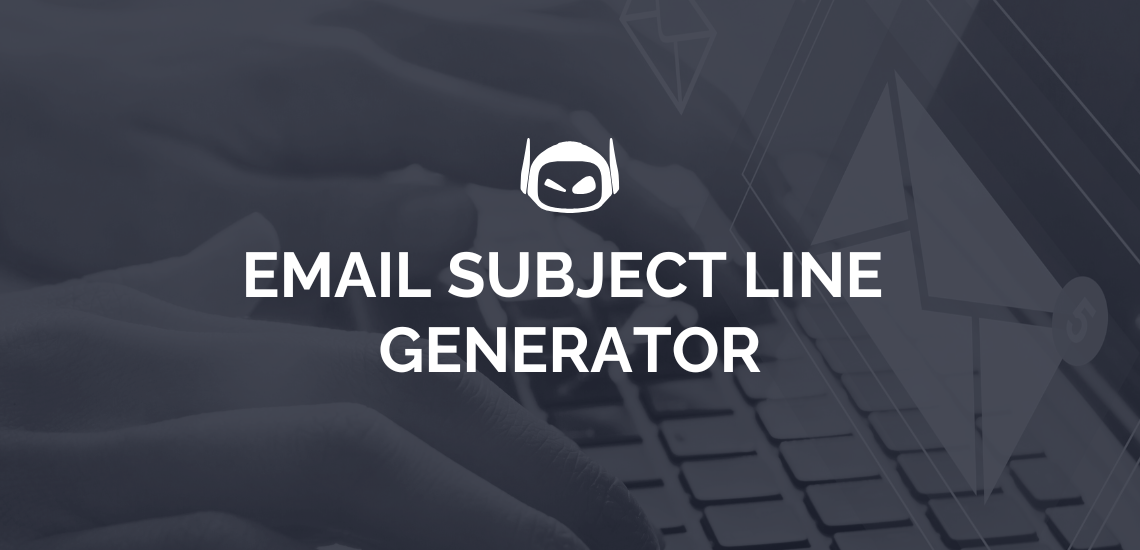
Email marketing is the key to making your business thrive,...
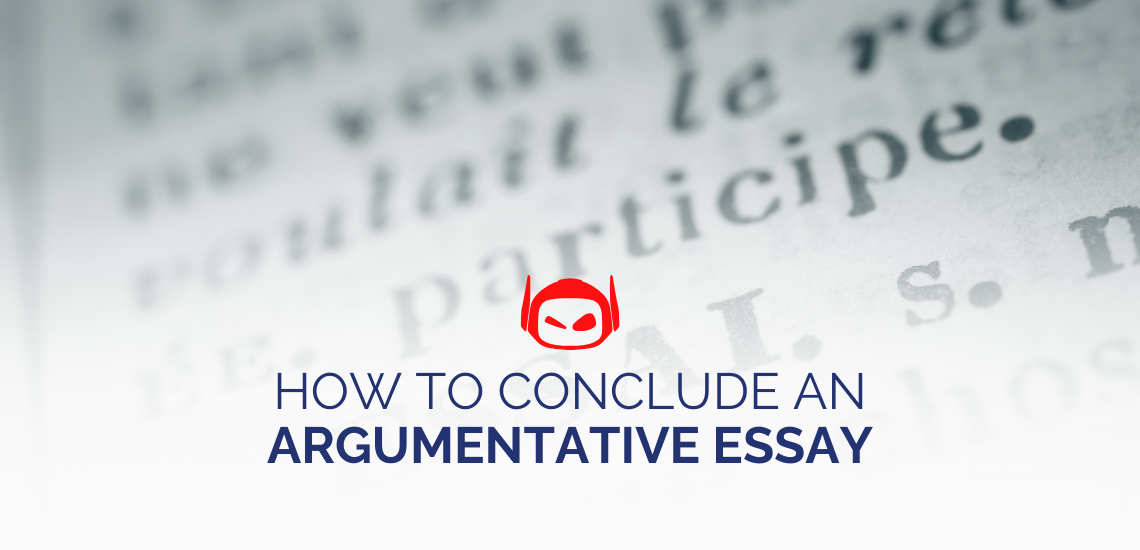
General Guide About Content and Writing
No matter how interesting an argumentative essay topic is, sometimes...
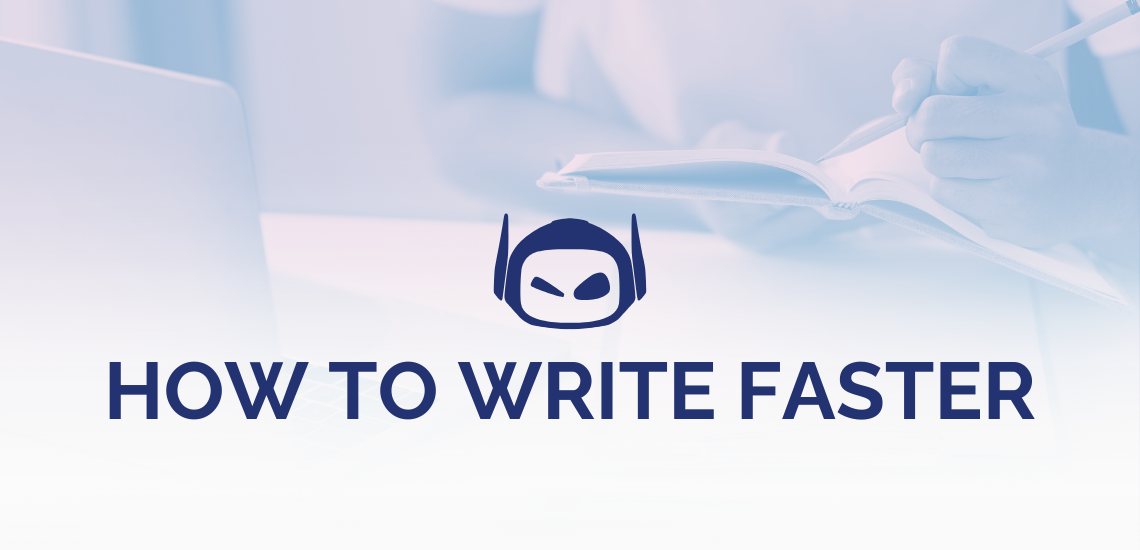
General Guide About Content and Writing
Rushed off your feet with tight deadlines? Looking for ways...
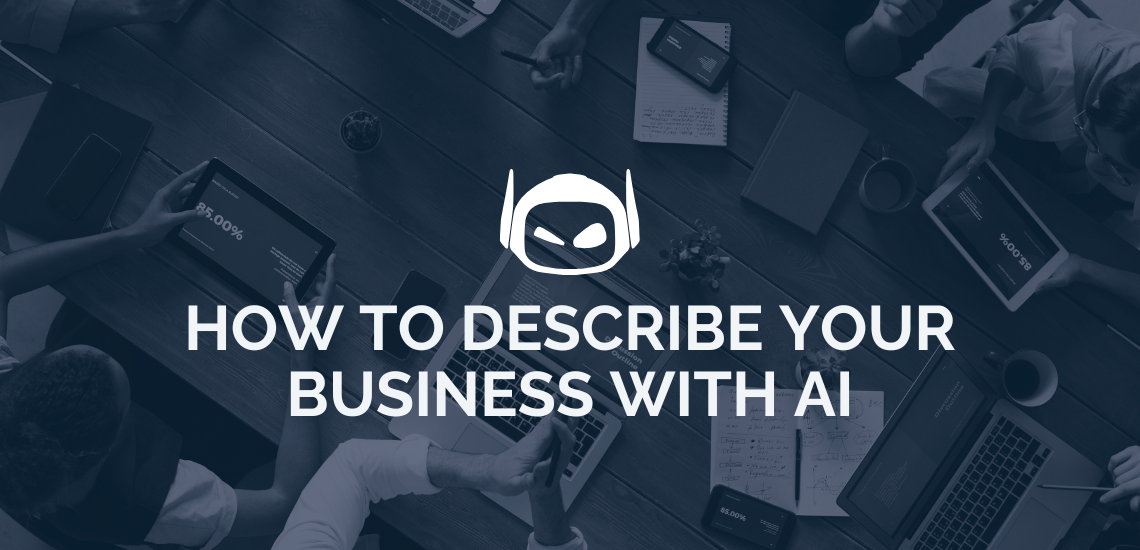
Starting a business takes time. There’s so much to consider....

General Guide About Content and Writing
Generative AI models have evolved rapidly in the past few...
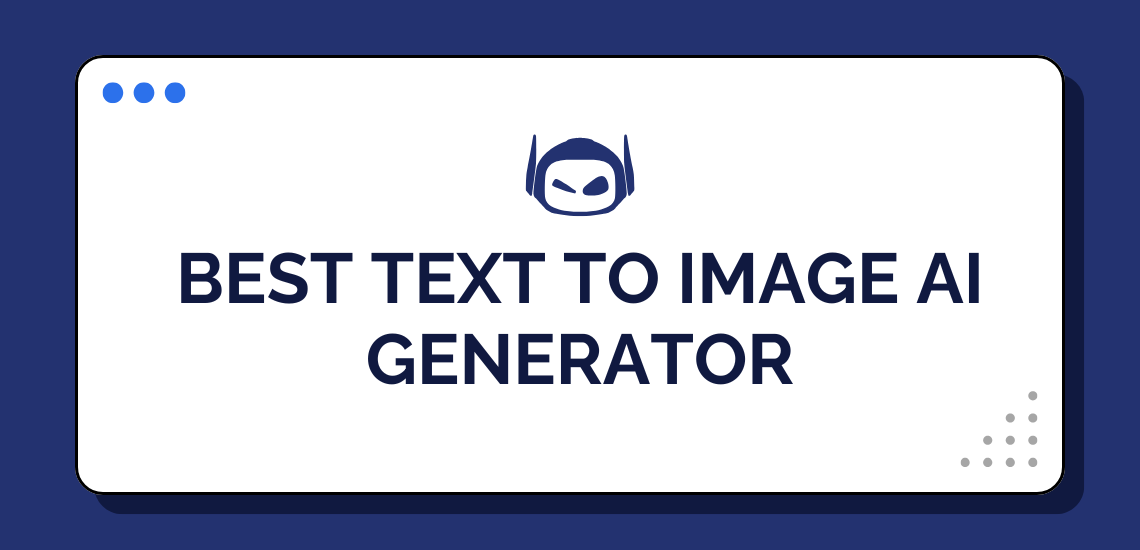
Are you looking for the best text-to-image AI generator to...

General Guide About Content and Writing
You can use a variety of methods to achieve marketing...
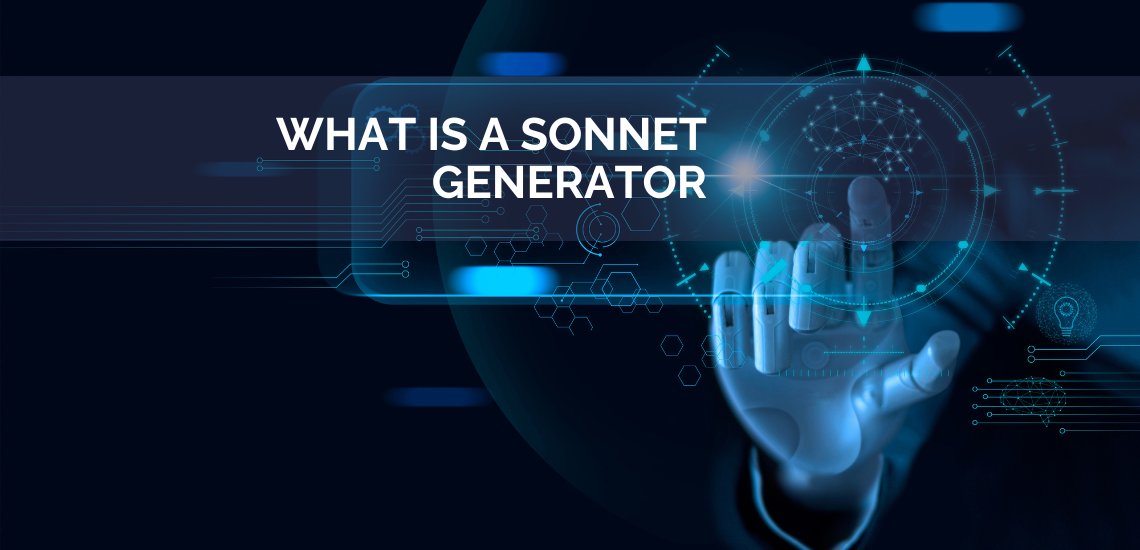
General Guide About Content and Writing
It was William Shakespeare who said: “Shall I compare thee...